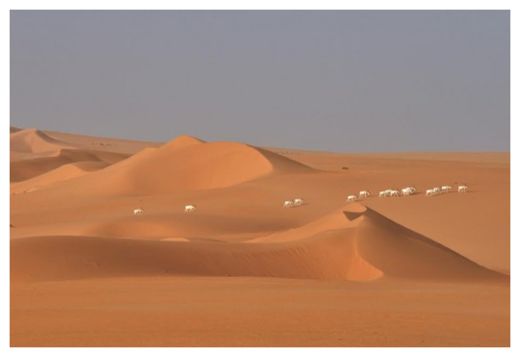
The research team consisted of 40 scientists from 28 international organizations. They assessed 14 desert species, finding that half of those are regionally extinct or confined to one percent or less of their historical range.
It is difficult to be certain of the causes of these declines because of a chronic lack of studies across the region due to political instability. The team suggests, however, that over-hunting is likely to have played a major role.
The Bubal hartebeest is completely extinct; the scimitar horned oryx is only found in captivity; and the African wild dog and African lion have disappeared from the Sahara. The study, published in Diversity and Distributions, reveals that other species have fared only marginally better. The dama gazelle and addax are gone from 99 percent of their range; the leopard has lost 97 percent of its range; and the Saharan cheetah has disappeared from 90 percent.
The only species that still inhabits most of its historical range is the Nubian ibex, but even this species is classified as vulnerable due to numerous threats including widespread hunting.

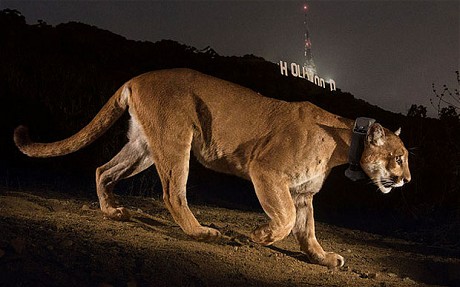
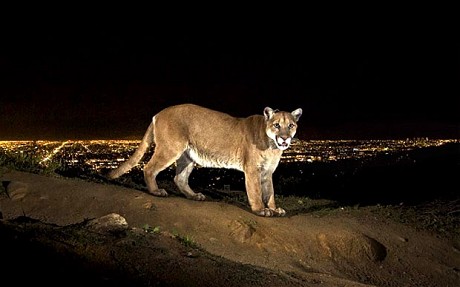
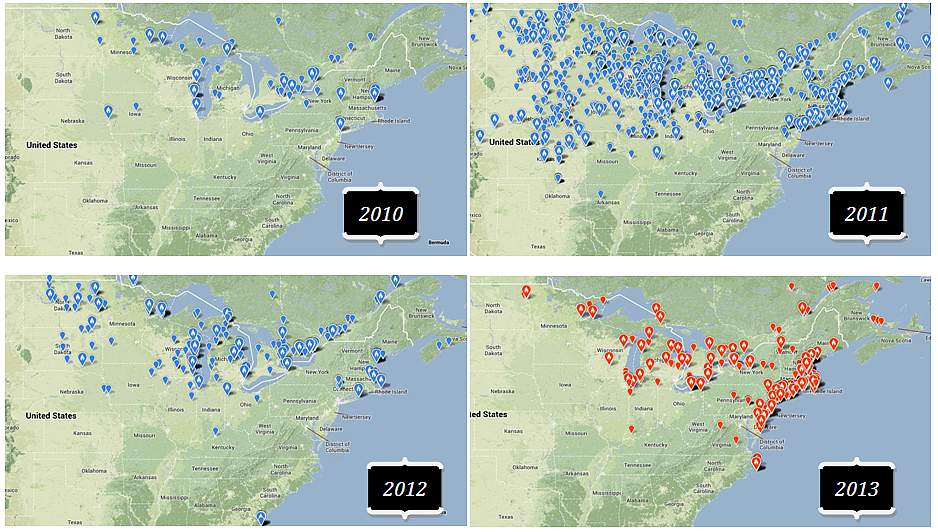
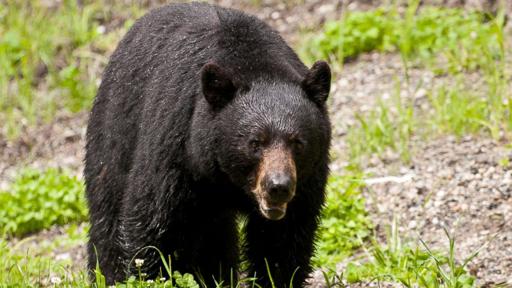
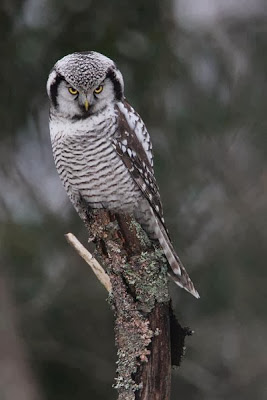

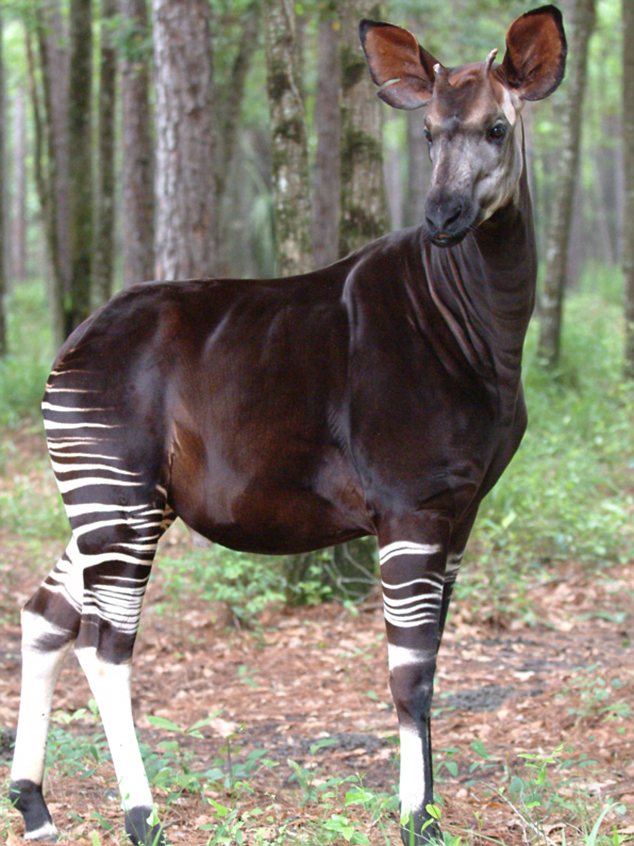
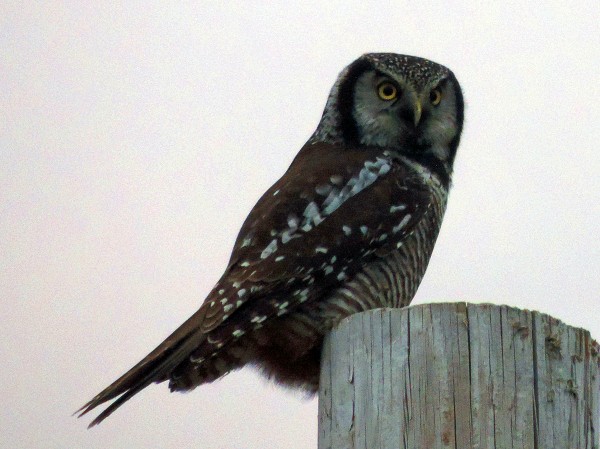
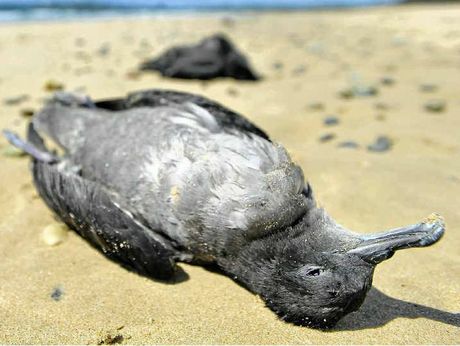



Comment: See also: Ice Age Cometh: Snowy Owl invasion coming in North America?
Maine experiencing a Canadian owl invasion
Incredible Hawk Owl invasion in Estonia!